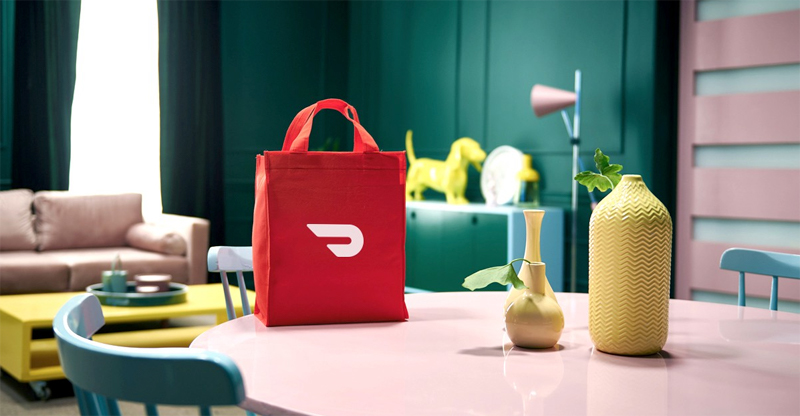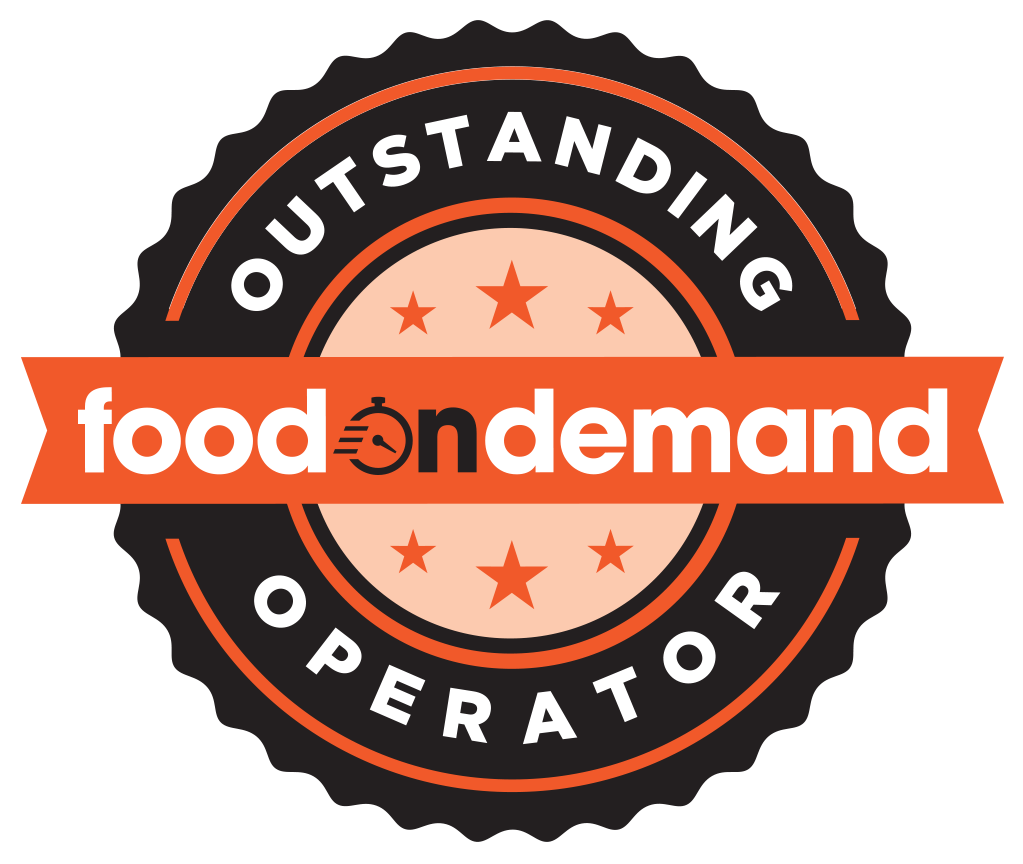Contributing editor, Peter Backman, is a long-term foodservice sector guru and founder of theDelivery.World, a platform that connects the delivery sector and makes sense of the myriad changes and challenges that affect the sector across the globe.
Food delivery platforms face a unique business challenge: they must operate like technology companies while managing the complexities of moving physical goods in the real world. This dual nature has shaped an industry that processes 65 billion orders annually worth $600 billion globally, yet continues to grapple with fundamental questions about profitability and scalability.
When customers place an order, sophisticated systems spring into action. DoorDash processes over 18 billion data points daily to make split-second decisions about which driver should pick up which order. The platform considers traffic conditions, weather, restaurant preparation times, and driver locations to optimize each delivery in milliseconds.
The coordination challenge is immense. Unlike platforms that connect two parties, delivery services must balance competing needs of three groups: restaurants want steady order flow without overwhelming kitchens, drivers look for maximum earnings with minimal downtime, and customers demand fast deliveries. Managing these conflicting priorities requires constant algorithmic adjustments.
Predicting demand proves particularly complex. Uber Eats achieves 85% accuracy when predicting order volume 30 minutes in advance, allowing them to position drivers in high-demand areas before lunch rushes hit. This predictive capability directly impacts customer satisfaction and driver earnings.
The technical infrastructure of restaurant delivery works at extraordinary scale. Meituan processes over 40 million orders daily, tracking everything from GPS coordinates to customer ratings. Yet unlike pure software businesses where additional users cost almost nothing to serve, each delivery order requires physical coordination of people, vehicles, and time-sensitive logistics.
Restaurant integration adds further complexity. Platforms must connect with thousands of point-of-sale systems, many using outdated technology. Menu changes and availability must sync in real-time while ensuring accurate order processing and payment distribution.
Quality control increasingly relies on automated systems. Computer vision analyzes delivery confirmation photos while text analysis scans customer reviews to identify service problems automatically, helping maintain standards across massive driver networks.
The financial reality reflects these operational challenges. The eight largest delivery companies invest over $12 billion in technology development yet still record collective losses. This illustrates a fundamental tension: despite sophisticated digital systems, the physical constraints of moving food put limits on operational efficiency.
Companies are exploring solutions blending digital innovation with operational efficiency. Testing of drone delivery aims to reduce costs for specific routes; smart sensors provide real-time restaurant capacity updates; and advanced analytics optimize driver routes and reduce fuel consumption.
However, these advances must prove their economic viability within existing operators’ cost structures. Unlike social media platforms that scale infinitely with minimal additional costs, delivery services face persistent physical constraints that technology can optimize but cannot eliminate.
The industry demonstrates how digital platforms can coordinate complex physical operations at massive scale. While delivery companies may not achieve pure software profit margins, they are creating sustainable models that serve genuine market needs at the point where expectations about technology meet the physical world.


